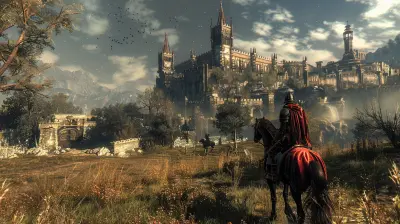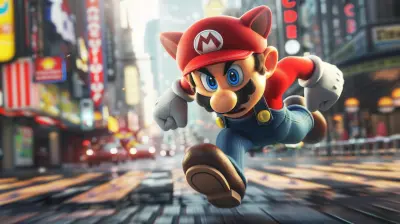The Role of Patch Updates in Refining Fighting Games
29 August 2025
If there’s one thing that keeps the heart of any fighting game beating, it’s patch updates. Think of them as a digital tune-up—like adjusting a race car’s engine to handle the next lap. Without these updates, most fighting games would quickly lose their competitive edge, balance, and community support. But patch updates are more than just bug fixes. They’re the lifeblood of game longevity, the sculptor’s chisel that reshapes the battlefield with every swing.
In this article, we'll break down why patch updates are crucial, how they shape the meta, balance characters, and respond to community feedback. Grab your joystick or hit start on your controller—we’re about to dive deep into the arena of fighting game evolution.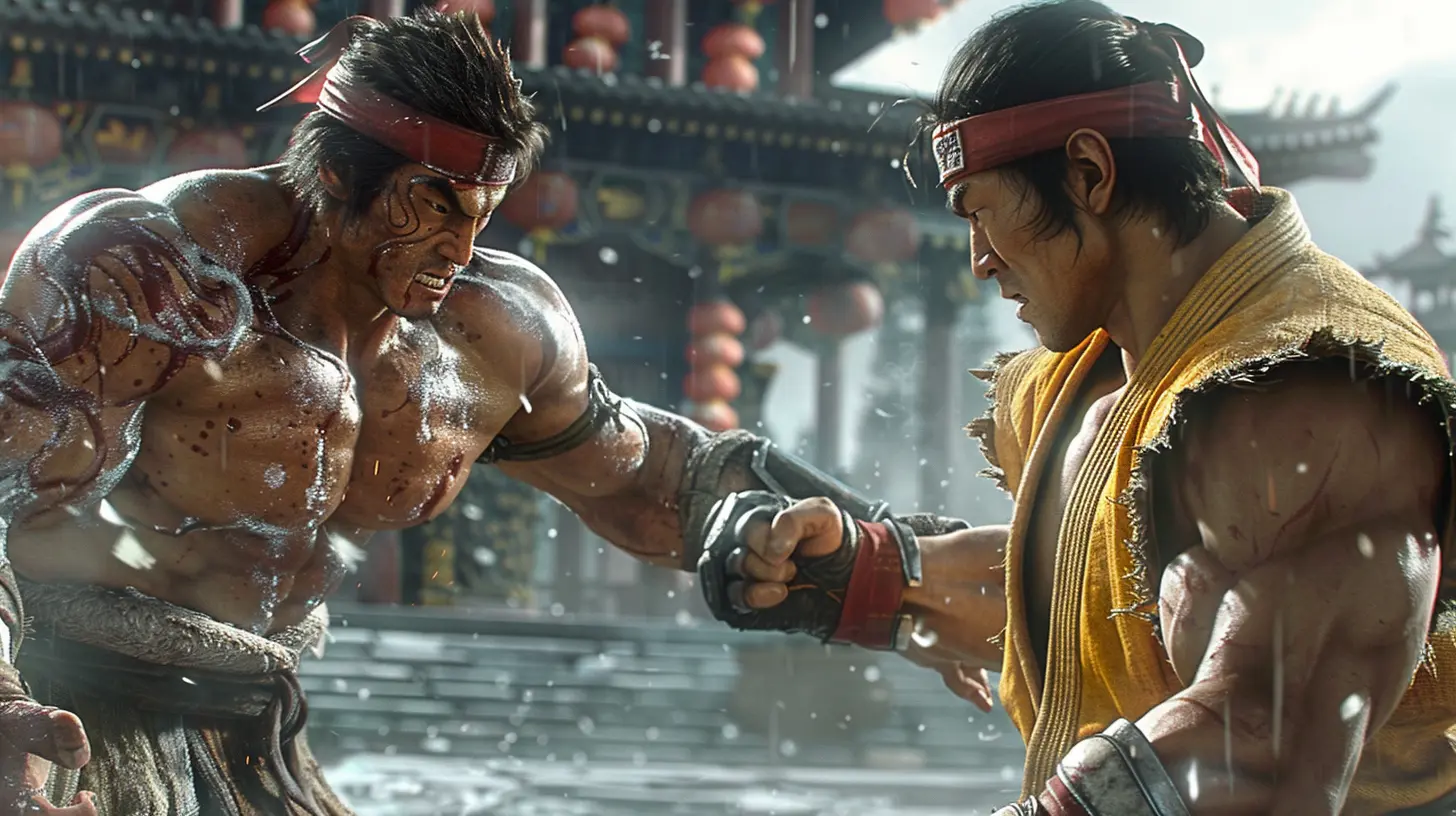
What Are Patch Updates, Anyway?
Before we go full Super Saiyan on this topic, let’s back up a bit.Patch updates are the regular tweaks or overhauls game developers make after a game’s launch. They fix bugs, rebalance characters, improve mechanics, and sometimes even introduce new content. In fighting games, these updates are crucial. Unlike some genres where post-launch updates can be cosmetic, balance and fairness are absolutely essential in fighters.
You ever lost a match and thought, “That character is busted!”? Yeah, that’s usually a balance issue—and you can bet the developers are hearing it from thousands of other players.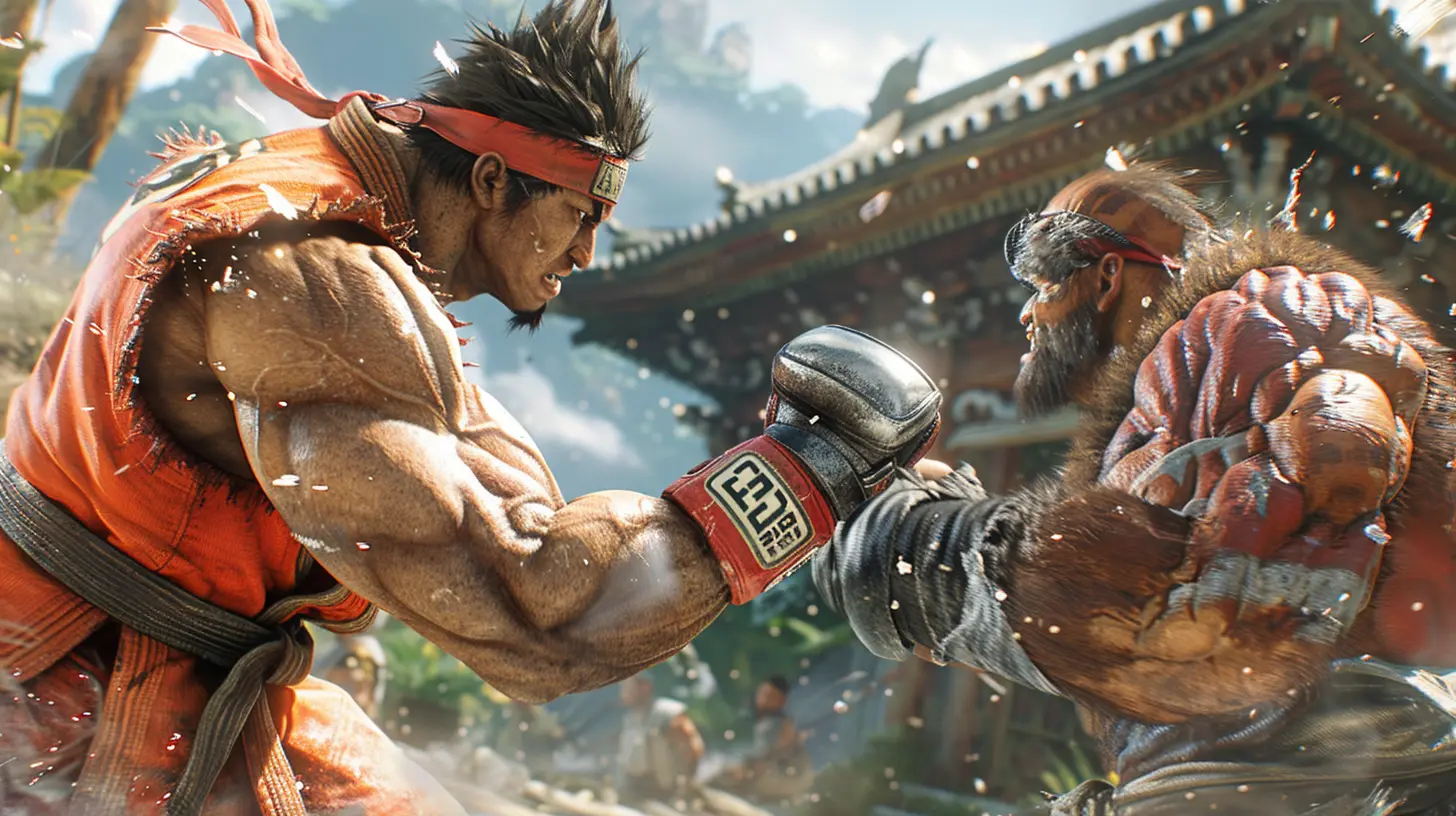
Fighting Games Are All About Balance
Let's be real—fighting games live and die by how fair they feel.When a character is overwhelmingly stronger than the rest (commonly referred to as “top tier”), it can disrupt the entire competitive scene. No one wants to grind ranks only to be smacked down by the same overpowered move over and over again. That’s where patch updates step in as the great equalizer.
Balance patches:
- Adjust frame data (how fast or slow a move comes out)
- Nerf (reduce the power of) over-performing characters
- Buff (enhance) underused ones
- Fine-tune mechanics like combos, grabs, and parries
It’s almost like a boxing referee ensuring every fighter is wearing the same gloves and fighting under the same rules.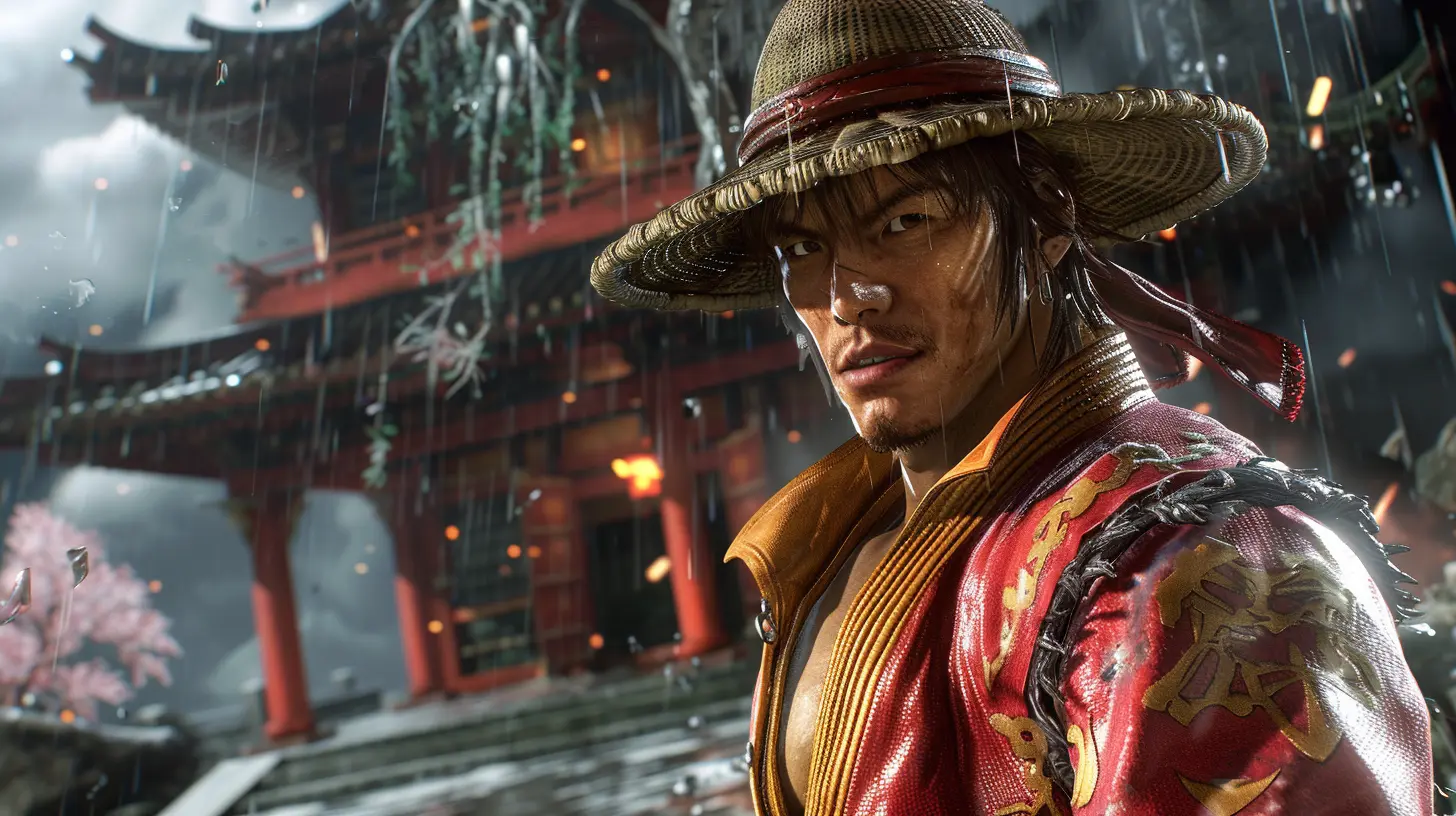
The Meta Game Is Always Evolving
The word “meta” gets thrown around a lot in competitive spaces, but what does it really mean?Meta, short for "metagame,” refers to the most effective strategies or characters in a game at any given time. And guess what constantly changes the meta? Yep—patch updates.
For example, if a character like Akuma keeps dominating matches with absurd combo strings, a patch might tweak his damage output or remove a notorious hit confirm. Suddenly, the meta shifts. Players start experimenting. Tournaments get more exciting. Variety returns.
Patch updates bring a breath of fresh air to stale strategies. It's like turning the board upside down just when everyone thinks they’ve figured out the game.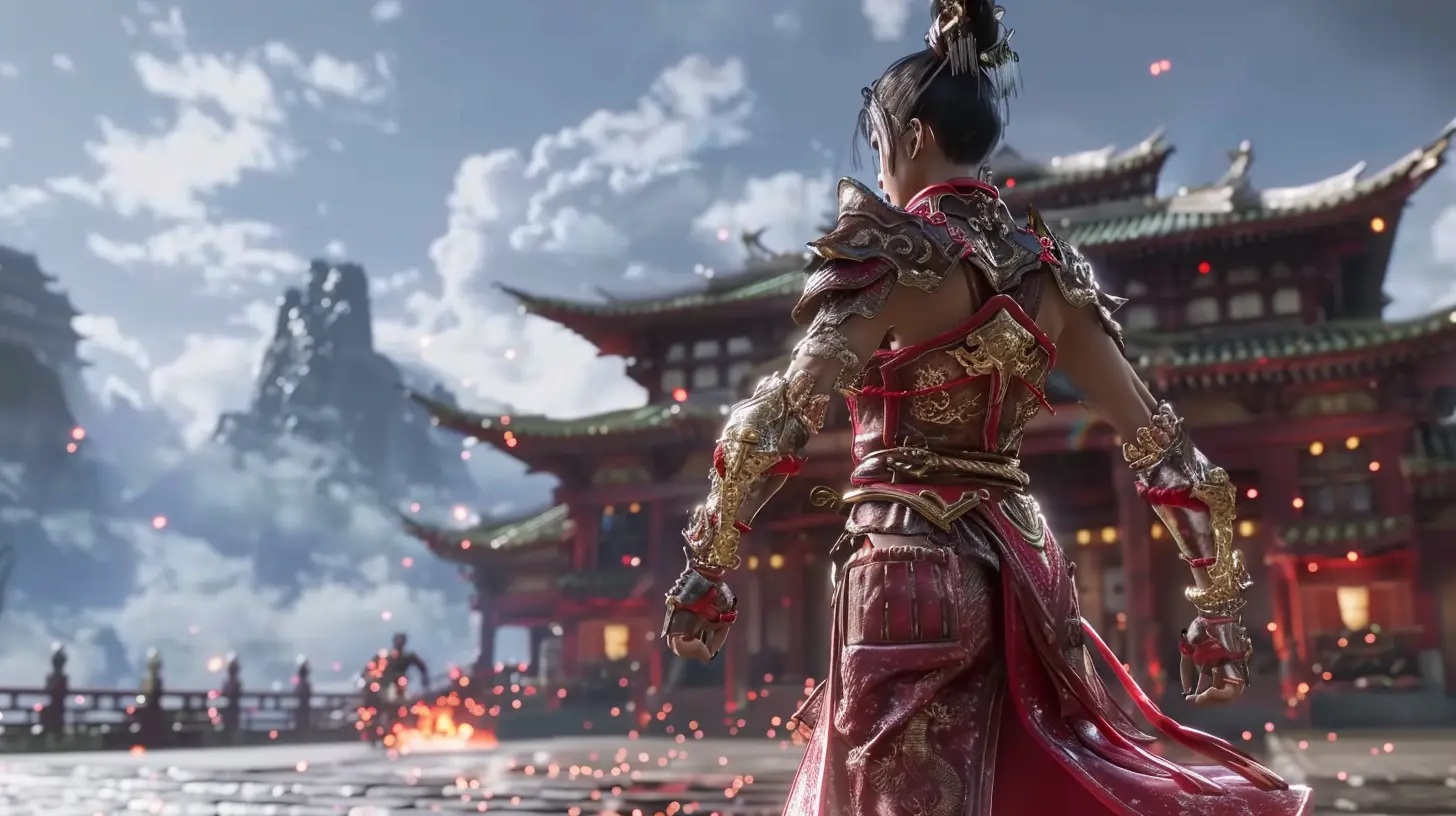
They Keep the Community Engaged
One of the most beautiful aspects of modern fighting games is the vibrant community around them. From casual couch matches to online tournaments, players are always talking, analyzing, and—you guessed it—arguing about balance.Patch updates keep this momentum alive. When a new patch hits:
- Forums light up with tier list discussions
- YouTube channels and streamers break down patch notes
- Players test out reworked characters
- Tournaments adapt with new matchups
It's like giving the community a brand-new toy every few months. Sure, some might grumble, but the discussion alone keeps people invested.
New Patch, New Content
Sometimes a patch isn’t just a list of numbers and technical jargon. Developers often sprinkle in new content to sweeten the deal: a fresh character, a unique mechanic, or even stages and cosmetics.Take games like Mortal Kombat 11 or Street Fighter V—patches often come bundled with entire characters or gameplay modes. These additions not only spice up the gameplay but also create excitement across both casual and competitive communities.
And let’s be honest—nothing gets the hype train rolling faster than a surprise trailer at Evo showing off a new fighter with a catchy tagline and a killer intro.
Listening to the Players
Here’s something that might surprise you: fighting game developers actually listen. In fact, player feedback fuels many of the changes we see in patch updates.Thanks to platforms like Twitter, Reddit, and Discord, developers are constantly watching how their games are being played. They notice if one move becomes too dominant or if a specific strategy undermines the spirit of the game.
Community feedback influences:
- Bug reports
- Rebalancing suggestions
- Feature requests
Of course, developers don’t change everything just because the internet yells about it, but consistent feedback often leads to meaningful tweaks. It’s like a long-term relationship—communication is key.
Keeping Esports Relevant
Let’s not forget the esports scene. Fighting games have some of the most passionate competitive players in the world. And guess what they crave more than pizza after a tournament night? Patches that keep the game fresh and fair.Stale metas can kill a game’s competitive viability. If every top 8 bracket looks the same, fans get bored, and players feel stuck. Regular updates shake things up, give underdog characters their time in the spotlight, and keep the pro scene buzzing.
Some examples?
- Dragon Ball FighterZ saw a surge in diversity after key balance patches.
- Tekken 7 re-balanced several characters that were dominating tournaments.
- Smash Ultimate brought characters into competitive relevance that were previously considered jokes (lookin' at you, Piranha Plant).
Avoiding Power Creep
Ever heard of "power creep"? It's when newer characters or features are stronger than the old ones, causing imbalance. In fighting games, this can be a death sentence.Patch updates help avoid power creep by reviewing how new additions stack up against the existing roster. A well-crafted patch ensures that everyone can compete, and that old favorites aren’t left in the dust.
It's like managing a sports league—you can introduce new talent, but you better make sure the veterans still have a shot at glory.
Not All Patches Are Created Equal
Let’s be honest here—sometimes patches miss the mark.There are moments when a character is nerfed too hard or certain changes don’t make sense. That’s okay. Game development is complicated, and balancing dozens of unique characters is no easy feat.
But here's the silver lining: ongoing updates mean mistakes can be fixed. Players might groan when their favorite combo gets nerfed, but future patches often course-correct those issues.
The key is consistency and transparency. The best developers communicate their goals and are open about their design philosophy. That builds trust—and trust is everything.
Patch Notes: A Language of Their Own
Ever tried reading a patch note and thought, “What do all these numbers mean?!”Yep, patch notes can be intimidating. They’re often stuffed with terms like “active frames,” “recovery reduction,” and “hitbox adjustments.” But once you get the hang of it, patch notes are like a cheat code for understanding how the game is changing.
Many content creators break them down into video or visual guides, making it easier for casual players to keep up. Over time, players start to anticipate patch notes like they’re game-changing prophecies.
And honestly, isn’t that part of the fun?
Transparency Builds Hype
One underrated aspect of patch updates is the hype they generate.Remember the buzz before a major patch drops? The community starts theorizing. Predictions fly. Leaks spread like wildfire (some true, some not). Everyone’s holding their breath for the next big change.
This excitement keeps players returning—not just for the gameplay, but for the thrill of the unknown. It’s like waiting for a new season of your favorite show. You don’t just want to watch it—you want to be part of the conversation.
Conclusion: Patching Up the Future
At the end of the day, patch updates are more than just maintenance—they’re a statement. They tell the community, "Hey, we care. We’re paying attention. We want this game to thrive."Fighting games live in a delicate balance between technical mastery and raw, chaotic fun. Patch updates help to preserve that balance, evolve the meta, introduce fresh content, and most importantly, keep the community alive and kicking.
So next time you see those patch notes rolling in, don’t just skim through them—embrace them. They’re shaping the battlefield, one line at a time.
all images in this post were generated using AI tools
Category:
Fighting GamesAuthor:

Leandro Banks
Discussion
rate this article
1 comments
Georgina Green
Patch updates enhance balancing, keeping fighting games fresh and competitive.
August 31, 2025 at 3:30 PM

Leandro Banks
Absolutely! Patch updates are essential for maintaining balance and ensuring that the competitive scene remains dynamic and engaging for players.
